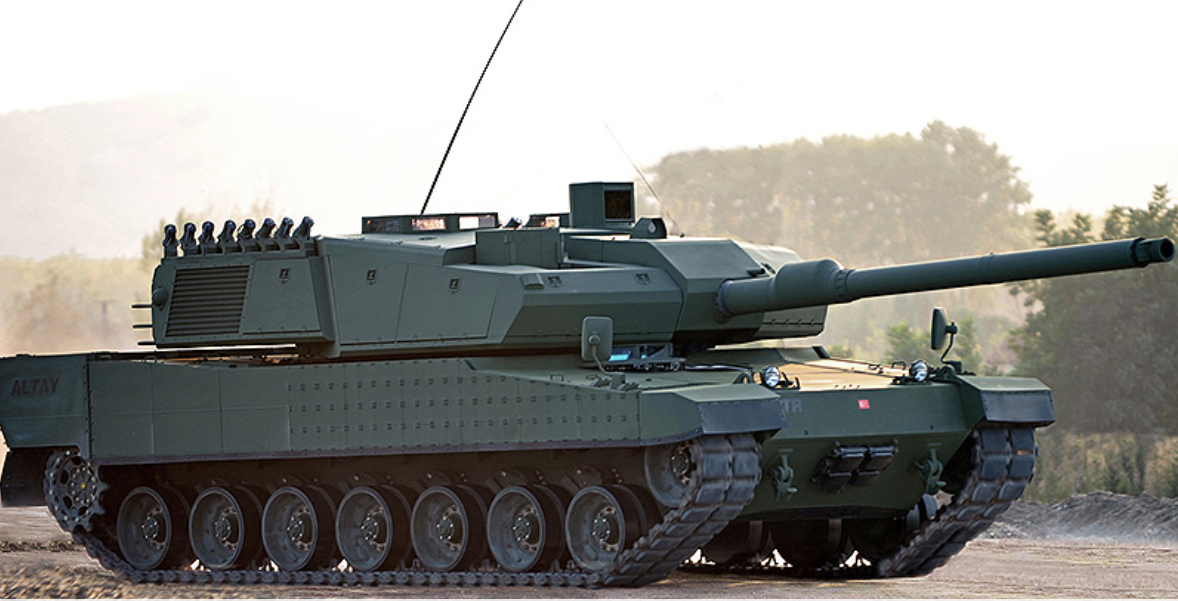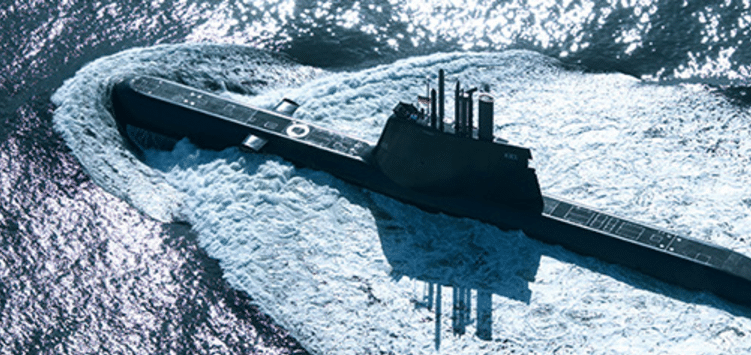44Views 10Comments

Keep an Eye Out for South Korea’s FA-50 Golden Eagle
01 December 2015
By Bilal Khan
In the world of modern day fighter aircraft, there is a market that is entering a phase of maturation. This is not the market of up and coming so-called “5th generation” fighters such as the F-35 Lightening II or FC-31 Gyrfalcon, which are only just entering service or are in the late stages of their initial development cycle (respectively). Nor is this the market of venerable and mature modern day fighters such as the F-16 and MiG-29. Rather, it is the market composed of new lightweight but relatively very capable and versatile fighters in the form of the JAS-39 Gripen, JF-17 Thunder, Light Combat Aircraft (LCA) or Tejas, and FA-50 Golden Eagle. Although the first three are well-known to a lot of enthusiasts, the FA-50 Golden Eagle is perhaps the most unsung and uncelebrated, especially given the surge of export orders it has garnered and the capabilities it is on-track to acquiring in the coming years.
The FA-50 is the fighter derivative of the T-50. The T-50 was developed by Korea Aerospace Industries (KAI) with the help of Lockheed Martin. The T-50 conducted its maiden flight in 2002, and was envisaged as a ‘lead-in fighter trainer’ (LIFT) platform which could be used for advanced jet and fighter conversion training. The Golden Eagle platform is powered by a General Electric F404 turbofan, which offers 78.7kN of thrust with the afterburner on; the F404 is also used by the LCA Tejas and the JAS-39 A/B and C/D (albeit as a licensed Volvo-built version).
It would be a disservice to label the FA-50 as simply being capable of light attack and air defence roles, for KAI has actually committed to developing the FA-50 into a genuine fighter solution. A good start would be to simply examine the FA-50’s maximum payload, which sits at around 3700kg split across seven weapon stations or hardpoints. It is not very far off from the JF-17 (~3700kg), so it is clear that the Golden Eagle fighter platform is directly comparable (and this is not the only area where it is in close proximity to fighters such as the Thunder and Tejas).
The FA-50 uses the EL/M-2032 radar developed by the Israeli firm ELTA (Flight Global). The EL/M-2032 is a solid multi-mission radar capable of detecting and tracking aerial targets at a maximum range of around 150km (likely 5m2 RCS). That kind of capability basically enables the FA-50 be a proper air defence solution, one capable of effectively using beyond visual range air-to-air missiles (BVRAAM), which is what KAI brought to life by integrating the AIM-120 Advanced Medium Range Air-to-Air Missile (AMRAAM) to the FA-50. It is not out of the realm of possibility to one day see the FA-50 equipped with high-off boresight (HOBS) within visual range air-to-air missiles (WVRAAM): Potentially the AIM-9X? Perhaps the Rafael (another Israeli firm) Python 4? Maybe the Denel-Mectron A-Darter (which is being considered by Pakistan for use on the JF-17 Block-III)?
It is possible that the FA-50 could also be offered with the Rafael Sky Shield electronics warfare (EW) suite. Given the cooperation seen between KAI and ELTA thus far, this is not a surprise (though its release would be conditional on the customer as well, it is unlikely Israel would sell it to just anyone). This would enable the Golden Eagle to engage in electronic jamming against radars. This is a complete solution, one that even includes digital radio frequency memory (DRFM), which basically allows the EW suite to copy a received radio signal and then retransmit it. In EW and electronics counter measures (ECM), this is a very important capability to have, especially when one is against capable EW emitters (which try jamming radars with their own radio signal emissions.
But in the end, the above still may not be enough to convince skeptics. “How could a platform designed as a trainer be a fully operable fighter?” The physical specifications aside (which are comparable with the JF-17 and LCA), it is possible – if not very likely – that KAI and Lockheed Martin designed the Golden Eagle to be a relatively affordable multirole fighter platform for countries unable or unwilling to acquire medium-weight platforms such as the F-16. With that in mind, they equipped with FA-50 with the subsystems necessary to stand, toe-to-toe, with its competitors (e.g. JF-17).
The ELTA EL/M-2032 radar and AMRAAM given the FA-50 solid air-to-air capabilities (it includes data-linking as well, which would be useful for air forces in possession of network-centric capabilities), but what about air-to-surface? Well, the FA-50 can carry Joint Direct Attack Munition (JDAM)-kit equipped Mk-8x series bombs. So one can obviously conclude that the jet is capable of deploying satellite-aided precision guided bombs (PGB). The FA-50 is evidently even marketed with the Sniper Advanced Targeting Pod, clearly indicating that it is capable of carrying laser-guided bombs (LGB) as well. Besides PGB and LGB, the FA-50 can even be equipped with the AGM-65 Maverick air-to-surface missile as well as a guided sub-munitions dispenser (i.e. CBU-97).
Granted, there is one area where the FA-50 has yet to be equipped for, and that is stand-off range air-to-surface missions, such as anti-ship warfare (AShW). Fret not, South Korea is working on that as well. There has been recent talk to develop a lighter and smaller version of the MBDA-Saab KEPD 350 air-launched cruise missile (ALCM) for use on the FA-50. In fact, it is possible that this new KEPD-variant could even double as an anti-ship missile (AShM), thus serving as a single source stand-off strike solution. It is not uncommon, especially in recent years, to see ALCMs double as AShMs.
Taken together, the FA-50 is quite the compelling solution, especially for (or perhaps limited to) countries with stable and comprehensive relations with the Western world (given how deeply-linked the FA-50 is to various Western vendors). Of course, not every FA-50 buyer would exercise or be able to access every extensible aspect of the fighter, though a handful might. Thus far the FA-50 has won export orders from Iraq and the Philippines (Indonesia and Thailand selected the T-50 LIFT system).
Nonetheless, the Republic of Korea Air Force (ROKAF) is on the right track with this platform, and it has turned out to be a solid successor for its F-5A/B Tiger II. It will be worthwhile seeing how KAI plays around with the airframe design, especially as the question of integrating an active electronically scanned array (AESA) radar enters the discussion. Could we perhaps one day see an enlarged and more powerful FA-50 variant? Maybe.


